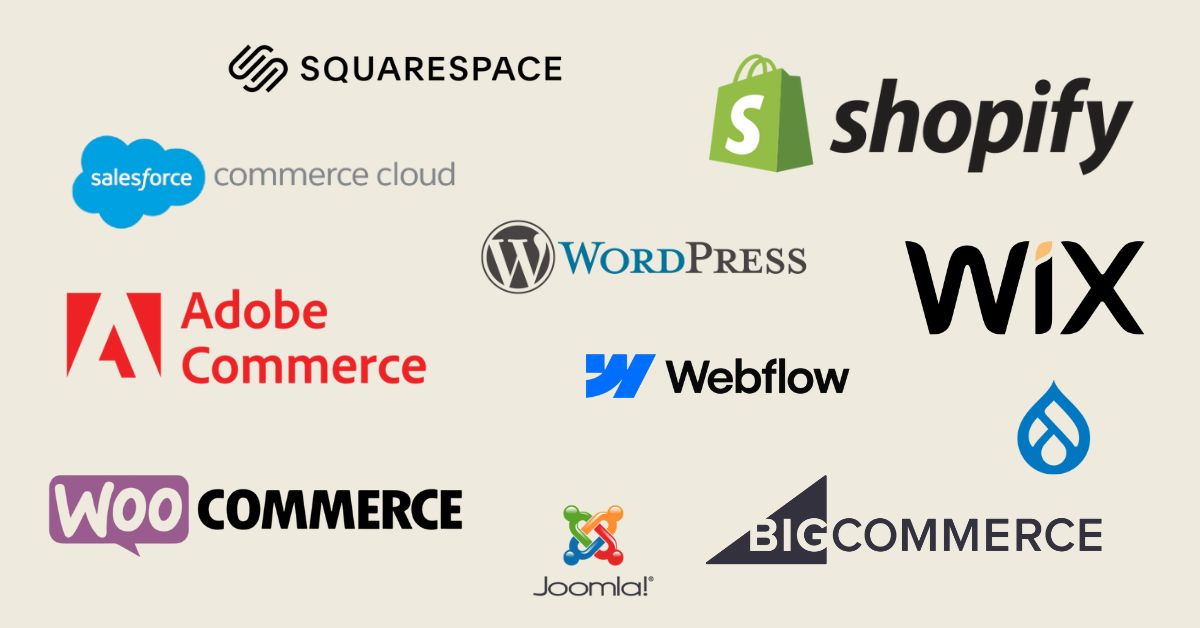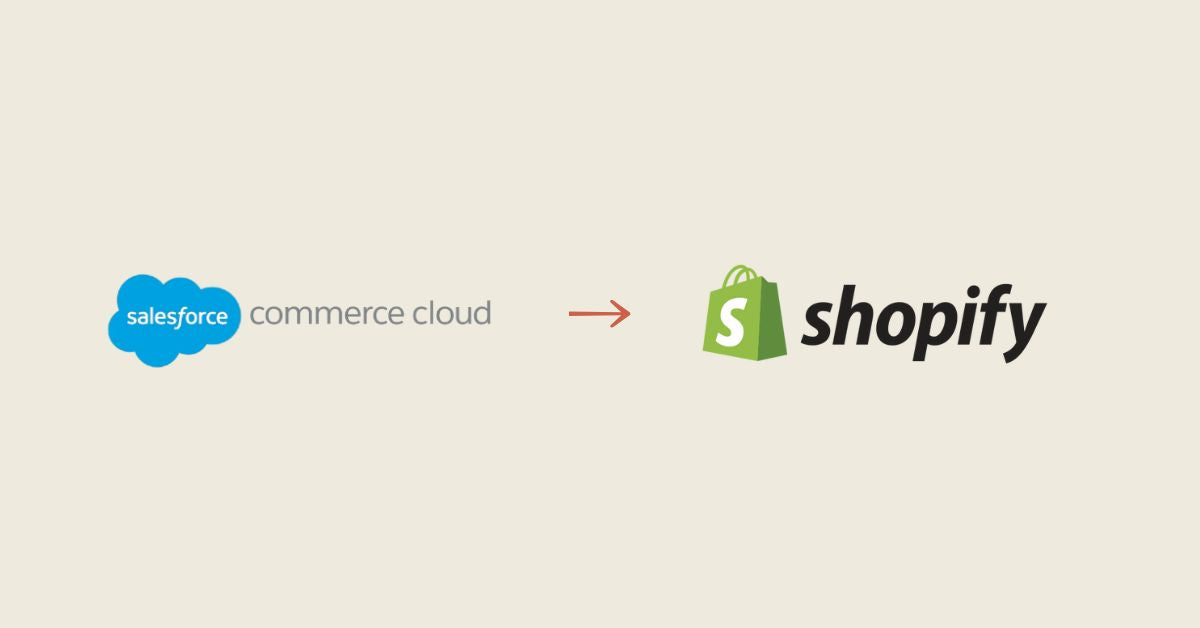As modern consumers, we are constantly bombarded with marketing messages from various channels. In order to effectively reach and interact with their target audience, businesses must adopt a multi-channel or omni-channel marketing approach. But what is the difference between the two, and which one is best for your business?
Multichannel Marketing
In a multichannel marketing strategy , businesses use a variety of channels to reach their audience, such as social media, email, website, and physical stores. Each channel operates independently and can have its own marketing campaigns and messages.
For example, a retail store may have a sale advertised on its website , social media accounts, and in-store signage. These channels may not be connected and a customer may not see the sale advertised on all channels.
Multi-channel marketing can be effective for businesses with a strong presence in a single channel or those just beginning to expand their reach. It allows businesses to test and optimize their marketing efforts on each individual channel .
Here are some steps to consider when implementing a multichannel marketing strategy :
Identify your target audience and their preferences: Understanding your audience's needs and behavior will help you tailor your marketing efforts to their specific preferences.
Define your brand message and aesthetic: While consistency is always important in multichannel marketing, you have more flexibility to tailor your message and branding to each individual channel.
Choose your channels: Determine which channels are most relevant to your business and target audience. This may include social media, email, websites , physical stores, or advertising.
Develop campaigns for each channel: Create marketing campaigns and messages for each of your chosen channels . Make sure you optimize each channel’s features and unique audience.
Analyze and optimize: Use data and analytics to track the performance of your campaigns across each channel. This will help you identify which channels are most effective and where you can make improvements.
Omnichannel Marketing
Omnichannel marketing, on the other hand, takes a more holistic approach. This means creating a seamless and integrated experience for the customer across all channels. This means that messaging and branding are consistent and the customer journey is seamless, regardless of the channel used.
For example, a customer searching for a product on a company's website should see the same price and availability as if they went to a physical store or called the company's customer service. Omnichannel marketing aims to create a consistent brand experience for the customer .
Implement an omnichannel marketing strategy
If you decide an omnichannel approach is right for your business, here are some steps to consider when implementing your strategy:
Identify your target audience and their preferences: Understanding your audience's needs and behavior will help you tailor your marketing efforts to their specific preferences.
Define your brand message and aesthetic: Consistency is key to omnichannel marketing. Make sure your branding , tone, and messaging are consistent across all channels.
Integrate your channels: All your channels should be connected and work together to create a seamless experience for the customer. This may involve integrating your email marketing, social media, and CRM systems.
Analyze and Optimize: Use data and analytics to track
Discover our digital marketing strategy process and its components.
Which approach is right for your business?
The right approach for your business will depend on a variety of factors, including your target audience, budget and resources. Here are some questions to consider when choosing between multichannel and omnichannel marketing:
What are your business goals? Omnichannel marketing can be more effective in building brand awareness and loyalty because it creates a consistent experience for the customer. Multi-channel marketing may be better suited to boost sales in the short term .
What are the preferences of your target audience? If your target audience primarily uses one channel, a multi-channel approach may be sufficient. However, if your audience uses multiple channels and expects a seamless experience, an omnichannel approach may be necessary.
What are your means and your budget? Omnichannel marketing can be resource-intensive because it requires coordination and integration across all channels. If you have limited resources or budget, a multi-channel approach may be more feasible.
In conclusion, omnichannel and multichannel marketing strategies have their own pros and cons, and the right approach for your business will depend on your specific goals, target audience, budget, and resources.
Omnichannel marketing aims to create a seamless, integrated experience for the customer across all channels, and is most effective in building brand awareness and loyalty . However, this can be resource intensive and requires coordination and integration across all channels.
Multichannel marketing, on the other hand, allows businesses to reach their audiences through a variety of channels and may be more suitable for businesses with a strong presence on a single channel or those just beginning to expand their reach. It also allows businesses to test and optimize their marketing efforts on each individual channel. However, it may not provide the cohesive brand experience that omnichannel marketing does.
Ultimately, the best approach will depend on your specific business goals and audience preferences. It may be beneficial to start with a multi-channel strategy and gradually move towards an omni-channel approach depending on your resources and budget.
Ready to transform your business with an effective marketing strategy ? Discover our article entitled accelerate and structure your customer acquisition and activation ecosystem.

















